by G. Jeff Golden
CMC Marketing Manager
1. Be Prepared for Varied Terrain
Spring as known as mud season in the high country, and for good reason. There’s a lot of it. Your boots, socks and lower legs are going to end up caked and splattered. Accept it. Embrace it. The sooner you welcome the mud into your life, the more enjoyable your outing will be. Regardless of how gross it looks, it’s important to stay on trail and walk through the mud, not around it. Dancing off to the side widens trails and damages fragile alpine ecosystems. You can make yourself as comfortable as possible by wearing high-ankle waterproof boots with gaiters and using trekking poles for balance on the slippery sections.
In addition to mud, spring hikers will likely encounter patches of dry trail and snow. Boots and gaiters again help with soft spring slush, and traction devices such as trail crampons help immensely on hard-packed sections. Snowshoes or backcountry skis are recommended for any high-altitude jaunt, as well as an ice ax on steeper terrain. Flotation (snowshoes or backcountry skis) may be needed on the way down as the snow bakes in the afternoon heat, even if it was frozen and cruiser in the morning.
Spring hikes almost always end with soggy, disgusting gear. Keep trash bags or grocery bags in your car for storing mud-caked boots, gaiters, traction devices, socks and other dirty gear on the drive home.
2. Protect Yourself from the Sun
Sun protection is one of the revered 10 Essentials, and it’s a crucial and often overlooked element of spring hiking. Even the occasional small patch of snow intensely reflects UV rays. Reapply sunscreen every two hours. Consider a wide-brimmed hat or baseball cap. Wear quality sunglasses that also cover the sides of your eyes, especially if you’re spending significant time on snow – unless snowblindness, a painful affliction that makes it feel like you’re having burning sandpaper rubbed on your eyes for a week, sounds like your idea of a fun time.
3. Keep Your Distance from Young Wildlife
This is true year-round, it’s just a far more common encounter in the spring months. Young animals aren’t often far from protective and potentially aggressive mothers. Keep your distance and at all costs avoid getting between a parent and her offspring. Bear cubs and moose calves are obviously among the most dangerous to encounter, but even birds like sage grouse will viciously defend their chicks. Young animals may also become pariahs if they get too acquainted with humans, such as the unfortunate bison calf incident in Yellowstone last spring.
4. Take Special Care on Water Crossings
Creeks that may be mundane most of the year can become dangerous, raging torrents during peak snow melt in the spring. Study your intended trail or route for potential water crossings, and take precautions to negotiate them safely. Trekking poles again come in handy, and severe crossings may even require ropes. Consider carrying water shoes and wearing convertible pants. Avoid sections where you’re submerged deeper than your knees. Also keep in mind that currents and water levels will likely intensify as the day warms and more snow melts or rain falls. A crossing that was simple in the morning may be a life-or-death ordeal in the afternoon. Start early and plan accordingly.
Want more tips on spring hiking? The Colorado Mountain Club offers several courses across the state that teach these skills, including Wilderness Trekking School and Introduction to Hiking Safety.
 members/the-colorado-mountain-club
members/the-colorado-mountain-club
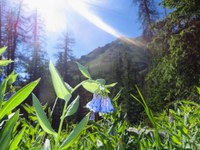
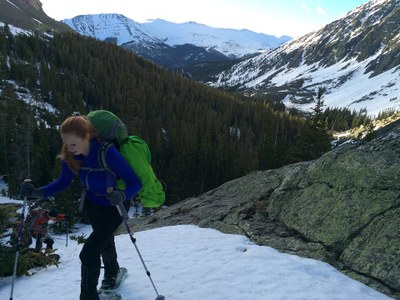
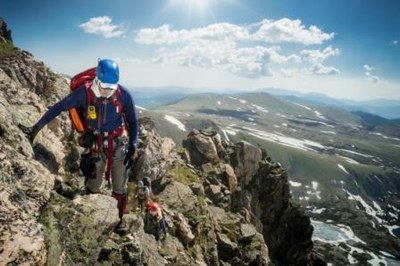
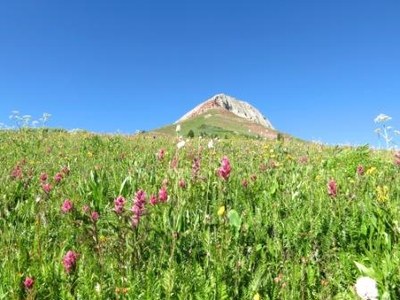
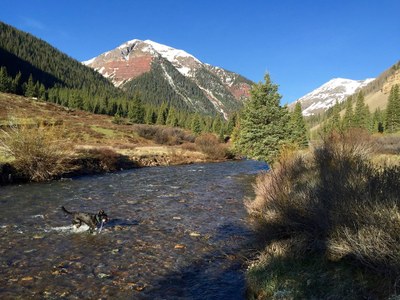
Add a comment
Log in to add comments.